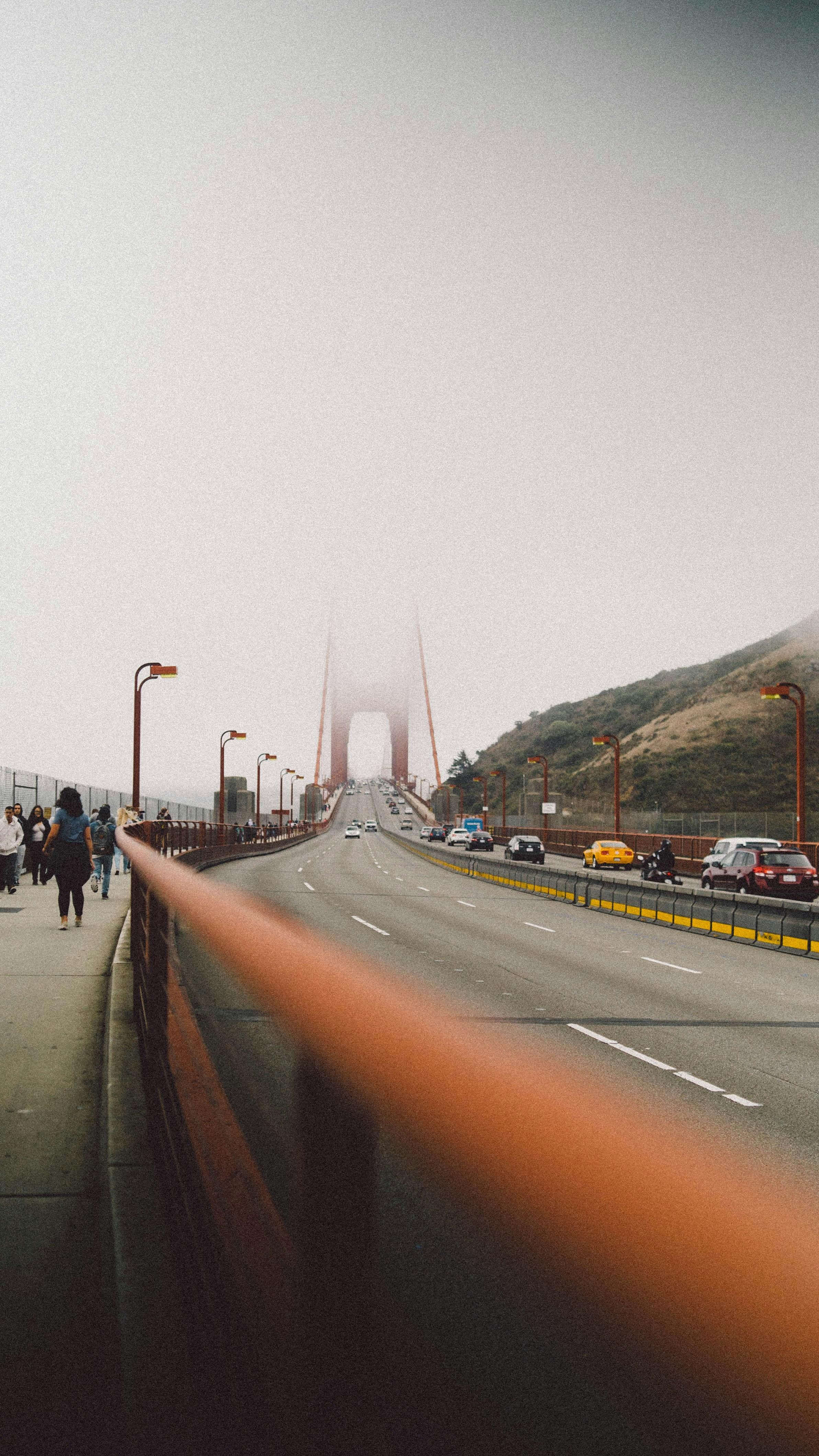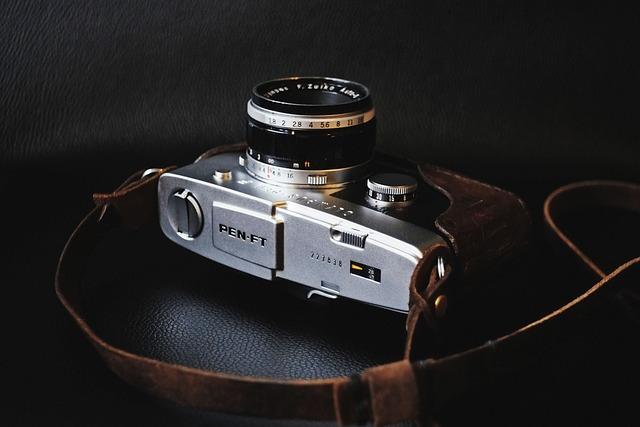Cinematic storytelling has long been an art form where visuals speak as powerfully as words. The golden age of cinema laid the foundation for the techniques and aesthetics that continue to shape the film industry today. In particular, classic films have set enduring standards in cinematography and lighting, creating a visual language that modern filmmakers still draw upon. This article delves into the pioneering methods of early filmmakers, examining how their innovative use of camera angles, lighting contrasts, and compositional techniques not only captivated audiences of their time but also established a timeless framework that informs contemporary cinematic practices. By analyzing these foundational elements, we uncover the profound influence of classic cinema on the visual narratives of today’s silver screen.
Influence of Classic Cinematography Techniques on Contemporary Visual Storytelling
The magic of classic films lies in their pioneering techniques, which continue to shape modern visual storytelling. Chiaroscuro lighting, a staple of film noir, creates dramatic contrasts that infuse scenes with tension and emotion. Today, filmmakers utilize these shadowy aesthetics to evoke mystery and depth, evident in the works of directors like Christopher Nolan and Denis Villeneuve. The careful play of light and shadow not only enhances mood but also guides the audience’s focus, a technique perfected by early cinema masters.
Another enduring influence is the use of dynamic camera angles and movements. Classic films introduced innovative methods such as the Dutch angle and tracking shots, which have become essential tools in contemporary filmmaking. These techniques are not just about aesthetics; they serve to emphasize themes and heighten emotional impact. For instance, a low-angle shot can convey power or dominance, while a sweeping crane shot can encapsulate the grandeur of a scene. By studying and adapting these classic methods, modern filmmakers craft visually compelling narratives that resonate with audiences worldwide.
- Chiaroscuro Lighting: Enhances mood and directs focus.
- Dynamic Camera Angles: Emphasize themes and emotional impact.
- Dutch Angle: Adds tension and unease.
- Tracking Shots: Create fluidity and continuity.

Mastering Light and Shadow: Lessons from Iconic Films
In the realm of cinema, the interplay of light and shadow has been a profound storytelling tool, transforming simple scenes into visual poetry. Classic films such as “Citizen Kane” and “The Third Man” have set benchmarks with their innovative use of chiaroscuro, a technique that emphasizes the stark contrast between light and dark. This method not only highlights the emotional depth of characters but also enhances the narrative tension, immersing audiences in a world that feels both tangible and surreal.
Modern cinematographers often draw inspiration from these masterpieces, integrating timeless techniques into contemporary settings. Key elements include:
- High contrast lighting to create mood and focus attention.
- Strategic use of shadows to symbolize internal conflict or hidden truths.
- Dynamic light sources to add movement and energy to static scenes.
By studying these classic films, today’s filmmakers learn to harness light and shadow, crafting visuals that are not just seen but felt, proving that the lessons of the past remain vital to the artistry of the present.

Adapting Timeless Lighting Strategies for Modern Productions
Classic films have long been revered for their masterful use of lighting, setting a benchmark that modern productions continue to emulate. The interplay of light and shadow in iconic films like Casablanca and Citizen Kane established techniques that are still pivotal in today’s cinematography. These films utilized chiaroscuro to create depth and drama, a strategy that remains effective in conveying emotion and narrative tension.
- Three-Point Lighting: This fundamental setup—key, fill, and back light—originated in classic cinema and is crucial for shaping characters and setting moods.
- Soft Focus and Diffusion: Techniques like these, used to evoke nostalgia or soften harsh environments, are regularly adapted for modern storytelling.
- Color Temperature and Gel Use: Once used to simulate time of day or location, these elements are now essential for creating visual continuity and atmosphere.
By understanding and adapting these timeless strategies, contemporary filmmakers can craft visually compelling narratives that resonate with audiences, maintaining a bridge between the past and the present.

Incorporating Classic Aesthetics into Digital Filmmaking Practices
In the realm of digital filmmaking, the enduring influence of classic cinema is unmistakable. Classic films have laid the groundwork for modern cinematography and lighting techniques, offering a timeless blueprint that filmmakers continue to draw from. The use of chiaroscuro lighting, for example, creates striking contrasts between light and shadow, a technique that directors like Orson Welles mastered in films such as Citizen Kane. This approach is now emulated in digital productions to evoke mood and depth.
Adopting these traditional techniques in the digital age involves a blend of old and new practices:
- Color Grading: Emulating the rich, saturated hues of Technicolor to enhance storytelling.
- Framing and Composition: Utilizing the rule of thirds and symmetrical compositions to mirror the meticulous planning seen in classics.
- Practical Effects: Favoring in-camera effects over CGI to maintain authenticity and texture.
By integrating these elements, digital filmmakers can craft visually compelling narratives that resonate with audiences, paying homage to the artistry of the past while pushing the boundaries of modern storytelling.

